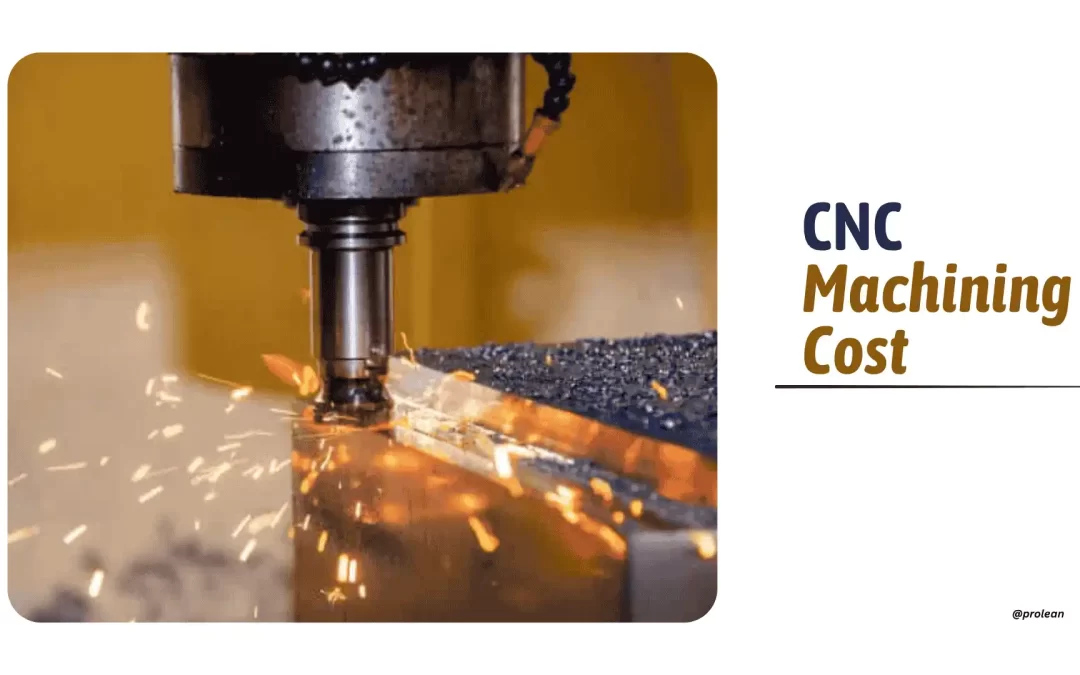
Dec 5, 2025 | CNC Machining
CNC Machining Cost When you plan a CNC-machined part, usually, several factors define the cost. These are design, material, and quantity required. Your design determines which machine to use, such as a three-axis, five-axis, or CNC turning machine. Material affects...
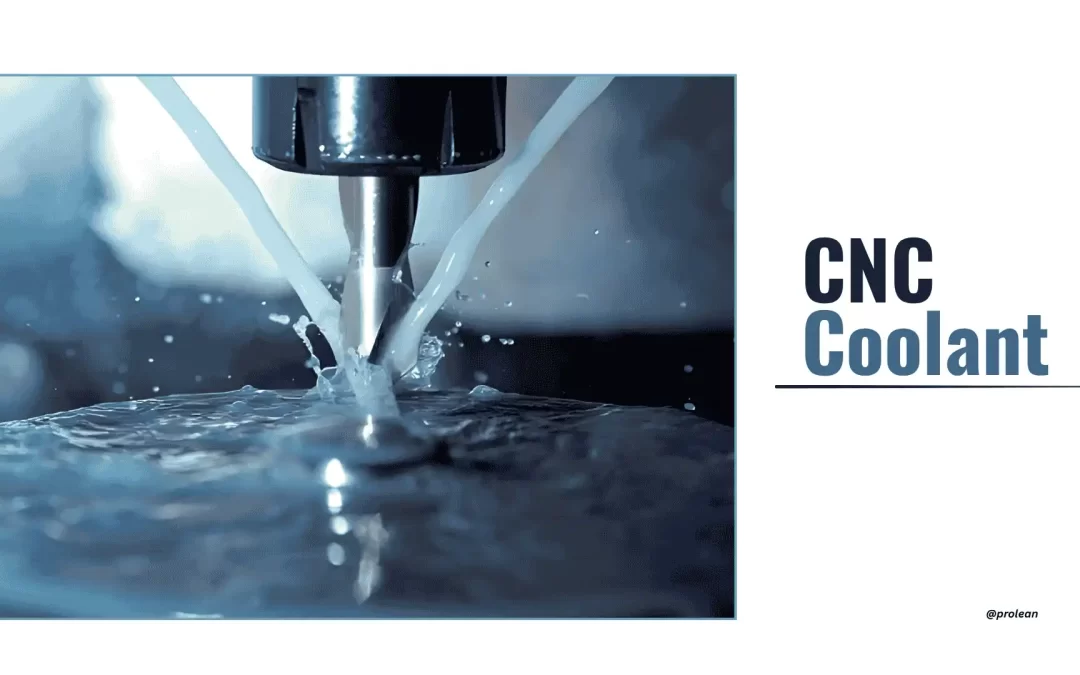
Nov 28, 2025 | CNC Machining
If you’ve seen a CNC machining process, you know it’s so loud and noisy. The heat and vibration are intense. To achieve precise outcomes, you need adequate cooling and advanced control. That’s where CNC coolants come in. At Prolean Tech, we regularly use coolants to...
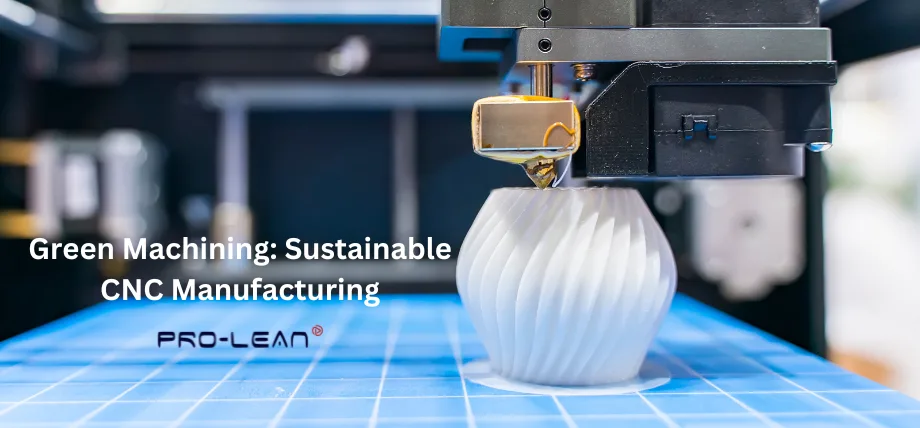
Nov 25, 2025 | CNC Machining
Green machining is a method that integrates sustainable machining practices into CNC machining processes to reduce or significantly minimize environmental impact, energy use, and waste. The key here is to preserve precision and efficiency. Green machining uses dry,...
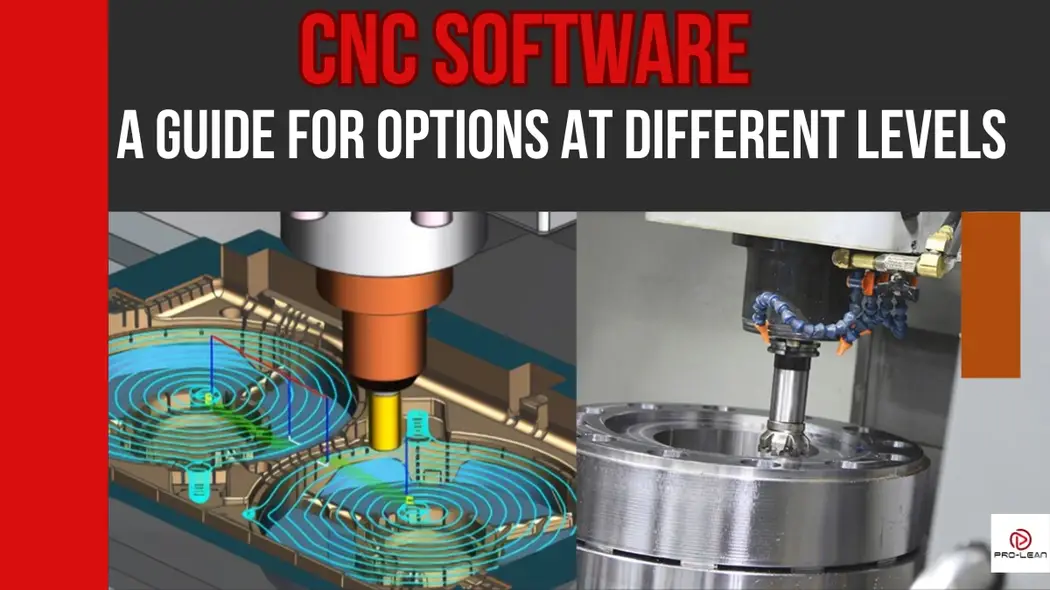
Nov 19, 2025 | CNC Machining
CNC software Computer Numerical Control (CNC) software creates codes that CNC machines use to manipulate the relative movement between the cutting tool and workpiece to produce accurate and precise parts. It is used to control all manner of CNC machines, hence the...
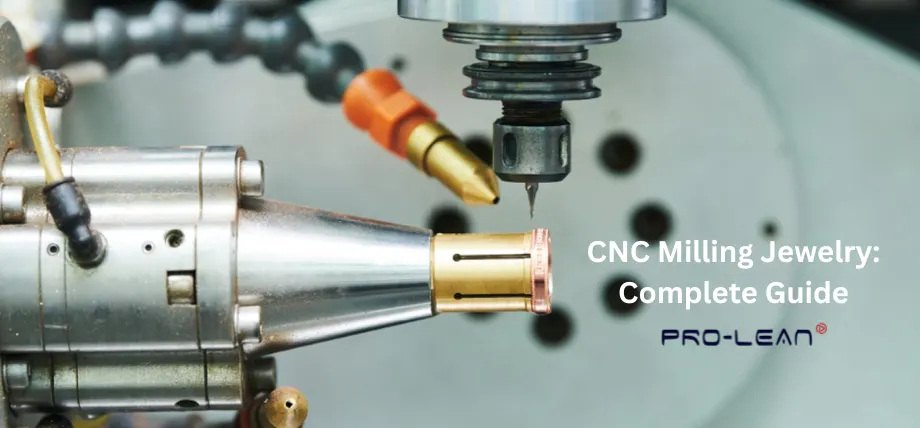
Nov 14, 2025 | CNC Milling
CNC Milling Jewelry Tool CNC milling jewelry is a subtractive technique where computer-controlled tools machine the work materials in an exactly specified design. It begins with producing a digital model in CAD software, defining geometries down to 0.01 mm. The model...






